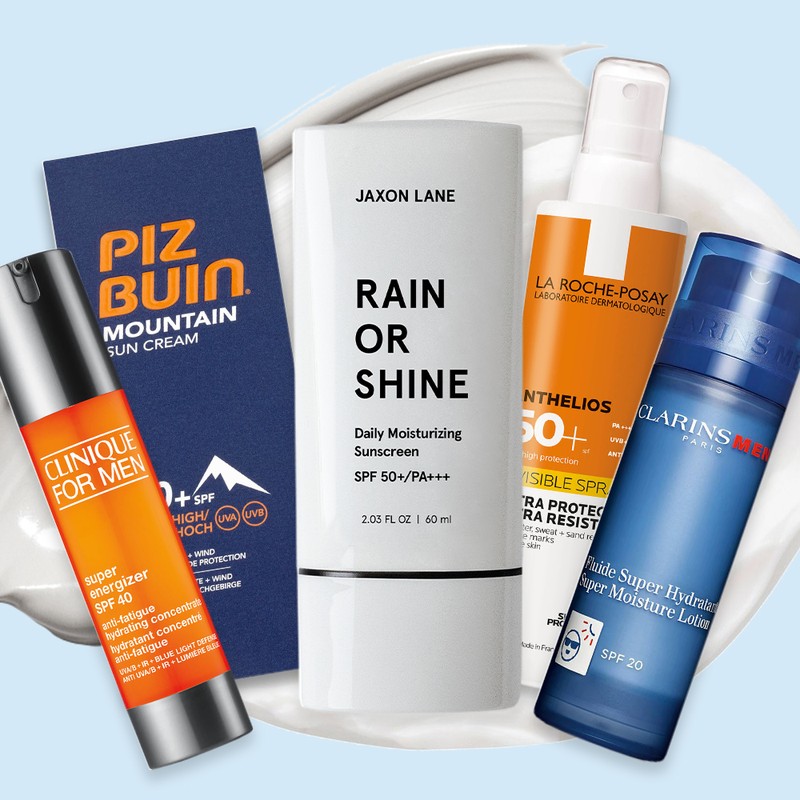Everything You Need To Know About SPF
To start with, Lesley, can you explain what SPF actually is?
SPF stands for ‘sun protection factor’. The higher a product’s SPF number, the greater the level of protection from ultraviolet (UV) radiation it offers. In other words, the SPF number tells you how long it will protect your skin for before you burn while wearing the product. Roughly – and it’s important to stress this depends on the type of skin you’ve got – you can multiply the SPF number by ten to work out the amount of time you can stay in the sun: for example, an SPF 15 sunscreen should enable you to stay in the sun without burning for approximately 150 minutes. However, I would always advocate reapplying sooner than this.
Does the number tell you anything else?
Yes, it tells you how many UVB rays a sunscreen can filter out. UVB are the burning rays. Research shows that an SPF 30 shields us from 97% of the sun’s UVB rays – which is why most skin doctors recommend using an SPF 30 or higher. However, no sunscreen can filter out 100% of the sun’s UVB rays, so it’s always important to cover up and find some shade too. At The Harley Street Skin Clinic we recommend using an SPF 30 throughout the year, moving on to an SPF 50 during the summer or if you are in a hot, sunny climate.
Why should you be using SPF products?
The main reason to use SPF is to prevent sun damage, which can lead to premature ageing due to the destruction of collagen and elastin fibres. Sun damage can also lead to skin cancer – SPF can help protect you from that.
What forms does it come in?
SPF is found in sunscreens and some moisturisers. These products can come in lotion, cream, oil, gel and even powder form. It’s worth noting that there are two types of sunscreen: mineral and chemical. They use different mechanisms for filtering UV rays and protecting your skin from sun damage.
Mineral sunscreens contain zinc and/or titanium dioxide as the active ingredients and physically protect the skin by forming a barrier to reflect UV rays away from the skin. This is usually referred to as a sunblock, as it literally blocks the UV rays from the skin.
Chemical sunscreens have active ingredients that absorb UV rays. They have a combination of the following ingredients: oxybenzone, avobenzone, octisalate, octocrylene, homosalate and octinoxate. Chemical sunscreen ingredients penetrate the outer layers of the skin to absorb and filter damaging UV rays so they do not harm your skin.
How do you ensure you’re using SPF correctly?
It’s really important to make sure you apply sunscreen – or any SPF product – correctly, or else it won’t protect your skin. Here are some tips:
- Make sure you apply your sunscreen to cleansed, dry skin before going out into the sun. This does not just apply in summer; you should use SPF every day, all year round.
- Check the use-by date. Never use an out-of-date sunscreen or SPF product as it will not protect you.
- Cover your face, neck, chest, ears, arms and hands, as well as the tops of your feet and legs if these areas are exposed. You need to use about 1oz of sunscreen – that’s about a large tablespoonful – to cover the body.
- If you are in the sun or playing sports outside, ask someone to apply the cream to your back or use a spray sunscreen to do it yourself.
- If you have shaved your head, are bald or have thinning hair, apply sunscreen to your scalp. Or wear a hat.
- Apply a lip balm to lips with an SPF of at least 15, but preferably higher.
- Remember that it takes about 15 minutes for your skin to absorb sufficient sunscreen to protect you from harmful rays.
- Reapply every two hours or straight after sweating or swimming.
So you should you be using SPF everyday?
Yes. Using a SPF product everyday will protect you from premature ageing. Apply it every morning in winter. If you are doing a lot of outdoor sports such as running or walking, apply it every 2 hours. In summer, use a higher SPF-rated product and apply more regularly, as you will be sweating more. While in lockdown, it’s good practice to apply SPF everyday by adding it as an extra step in your grooming routine.
If you use it every day, how can you get that essential dose of vitamin D?
Using sunscreen helps to prevent sunburn by blocking UV rays which means that, theoretically speaking, its use can lower vitamin D levels. Regular sun exposure is considered the most natural way to get enough vitamin D: to maintain healthy blood levels, you should aim to get 10–30 minutes of midday sunlight several times per week (with darker skin needing a little more exposure). In practice, however, this may be hard to achieve, as most people’s usual lifestyle wouldn’t allow for it, nor would the UK weather permit it. So perhaps the best way to ensure you’re getting the right dose of vitamin D is to alter your diet. Foods containing vitamin D include fatty fish like tuna, mackerel, halibut and salmon, as well as eggs and mushrooms. There are also foods available fortified with vitamin D, such as some dairy products, orange juice, soy milk and cereals.
And is it enough to just use a moisturiser that contains SPF?
If it has a high SPF rating, yes. However, I’d recommend using a moisturiser and separate SPF product/sunscreen. SPF should be applied as part of the last step to your skincare routine, so after moisturising.
If you have sensitive skin, are there any products you should look out for?
For guys with sensitive skin, look for a product that is mineral based, i.e. contains one or both of the active ingredients titanium dioxide and zinc oxide. Be sure it does not contain fragrance, oils, PABA, or any of the active ingredients found in chemical sunscreens, which can irritate sensitive skin. You can also look out for an allergy or hypoallergenic cream.
And if you have oily skin?
Look for oil-free lotions or try a gel. Heliocare has an excellent SPF 50 gel that is tolerated well by oily skin.
There’s a lot of chat about once-a-day sunscreens. Do they actually work?
I’d advise you not to use a once-a-day sunscreen. We did a study at The Harley Street Skin Clinic last summer, using the VISIA analysis system in which the same person used a different sunscreen every day for five days. We analysed their skin at 9am when they applied sunscreen, then again at 5pm to see if the sunscreen was still on the skin and giving protection. The results were alarming, as most creams had virtually disappeared.
Is it the same with water-resistant ones?
To start with, it’s important to note there’s no such thing as a waterproof sunscreen. When you exercise, sweat or swim – or even just get caught in a downpour – the water will wash the sunscreen from your skin. However, some sunscreens are water resistant. Although this will help with sweat and rain, this doesn’t mean you shouldn’t reapply it. Don’t take the risk: continue to apply sunscreen throughout the day. If you have been sweating a lot, for example during a workout, reapply completely as water-resistant sunscreens have their limits.
And finally, when you’re buying a sunscreen, what’s the most important thing to look out for on the bottle?
Choose a sunscreen that has an SPF of 30 to 50. Look for one that is water resistant and has a broad spectrum of coverage – this means it will help protect you from UVA rays (which cause premature ageing) and UVB rays (which can burn).
Visit HarleyStreetSkinClinic.com
Shop Our Pick Of SPF Products Below...
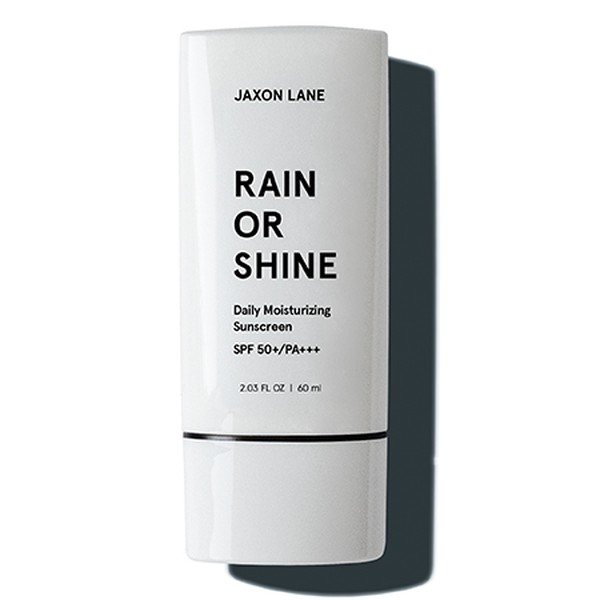
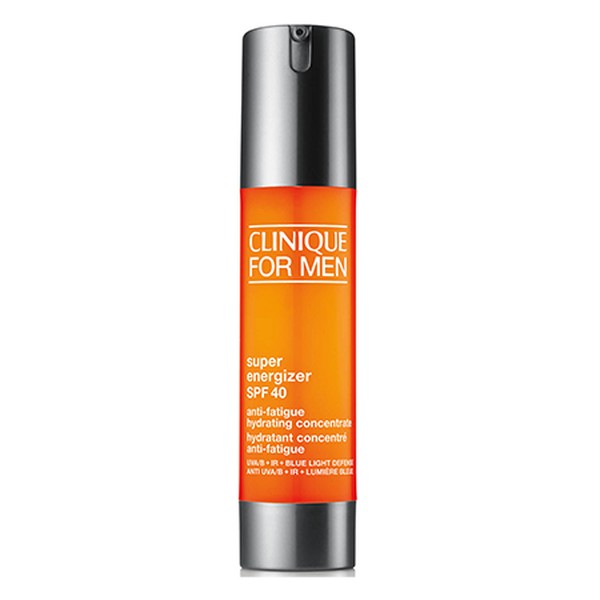
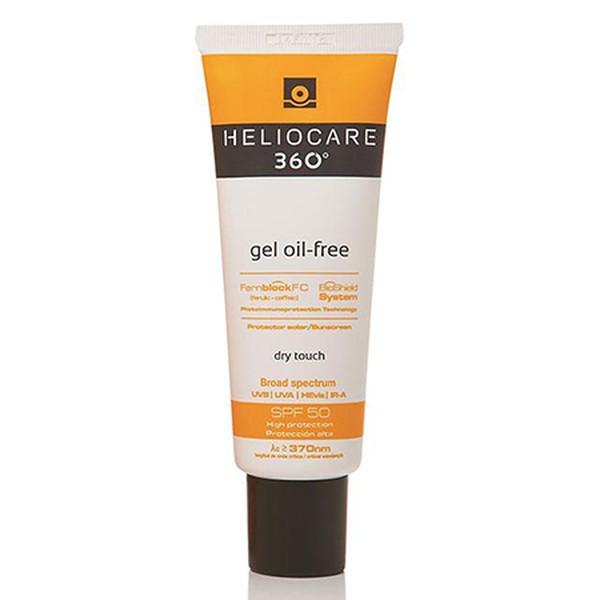
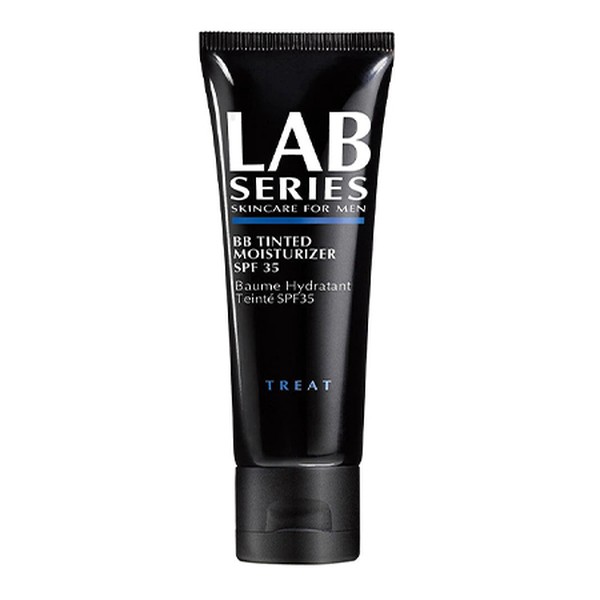
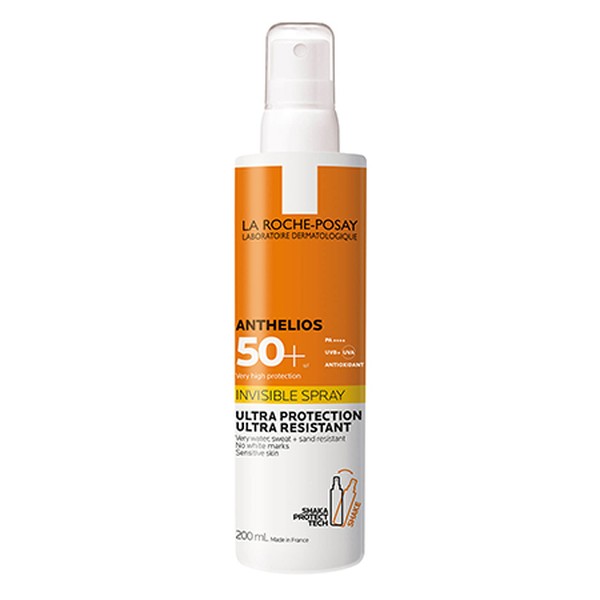

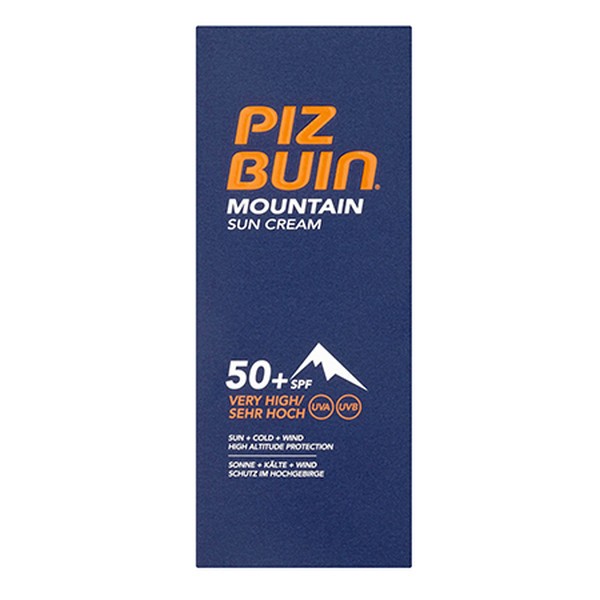
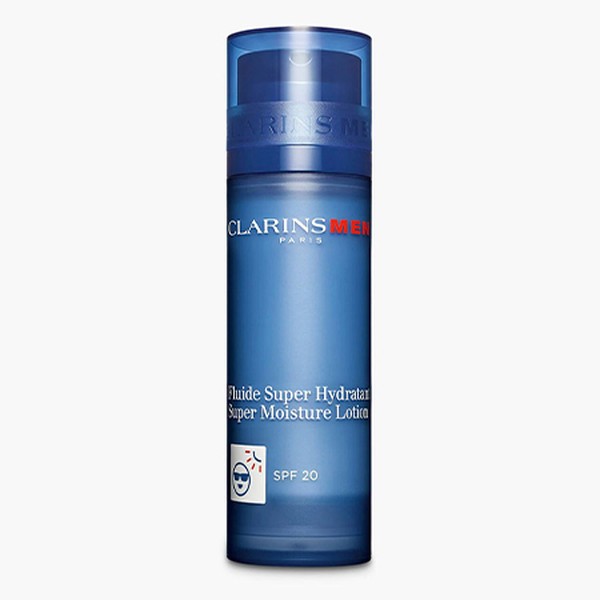
DISCLAIMER: We endeavour to always credit the correct original source of every image we use. If you think a credit may be incorrect, please contact us at [email protected].
